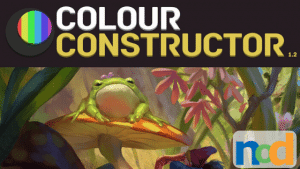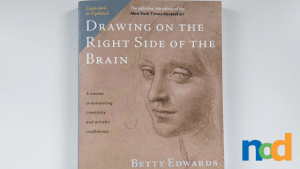Print Picks: Framed Perspective
by Taylor Slattery | December 17, 2020
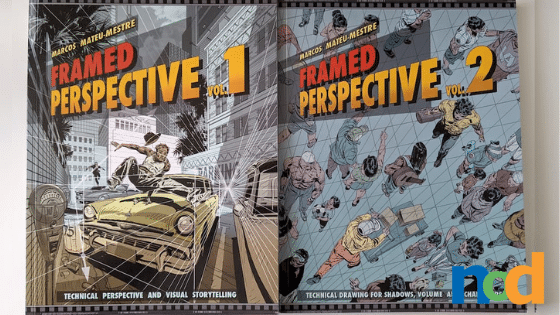
There are a number of fundamental concepts artists need to be familiar with in order to create the illusion of realism. In my opinion, perspective is one of the most important of these fundamentals as it serves as the framework through which we view the world. An understanding of perspective equips one with the ability to deconstruct and analyze the things they see in life and photographs, making them easier to reconstruct in their art later. It’s for this reason I think that perspective should be one of the first things you tackle in your studies.
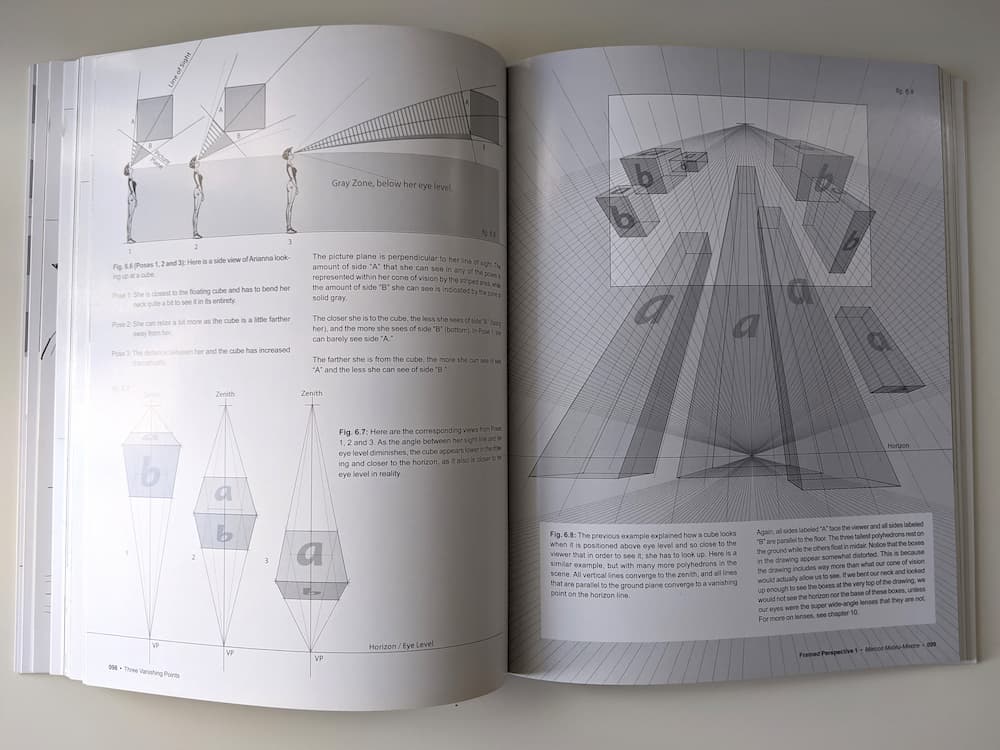
Because perspective is such an integral part of drawing, it’s often touched upon briefly within other contexts, such as anatomy or industrial design. But I have yet to come across a book that covers the topic in as much depth as Framed Perspective. The series actually consists of two separate volumes, with the first and larger of the two serving as a technical primer, taking a nuts and bolts approach to depicting volumes in a convincing three-dimensional space on a two-dimensional plane. It begins by outlining the rules by which perspective is governed and then provides tools for its practical application. The techniques are introduced in an order that helps to commit their rules to memory, with each reinforcing and expanding upon the rules learned in the previous.
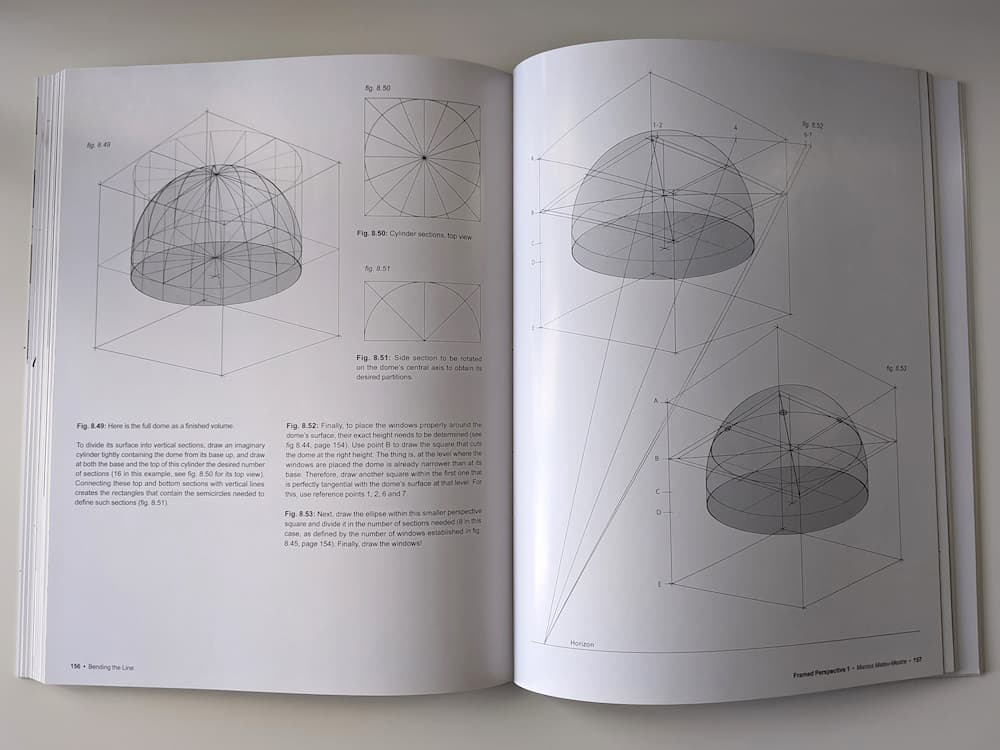
The goal of Volume 1 is to build readers’ confidence and leave them with an understanding of the underlying perspective grids that govern the way we view the world. With this knowledge, we can begin to make creative decisions. By manipulating grids, we can play with things like scale and camera lenses to achieve different creative effects. These tools also enable us to dissect photographic reference and deepen our understanding through study.
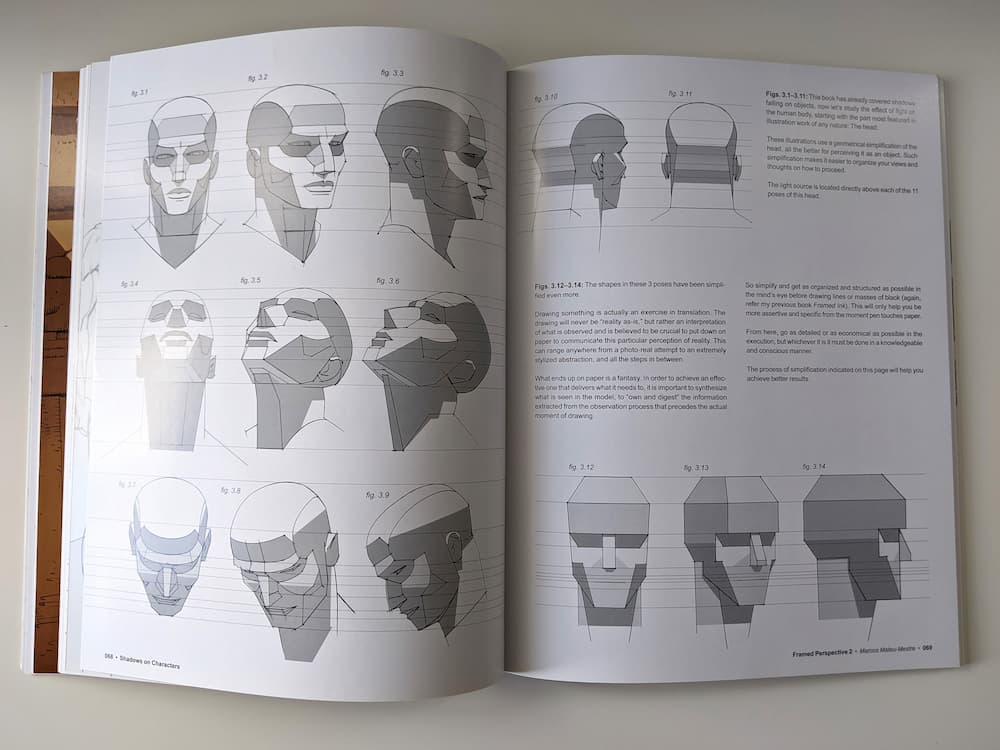
With a solid technical groundwork laid, Volume 2 picks up where the first left off. While the first volume took a more technical approach, focusing on the construction of geometric objects like vehicles and buildings, volume 2 tackles a much more dynamic form, the human figure. In this volume we learn to think about perspective in regards to forms that move. The rules that applied to the static forms of the first volume are still relevant as the body consists of symmetrical landmarks that are treated in much the same way as pieces of architecture. Highlighting this similarity serves to bridge the 2 volumes and deepen students’ understanding that grids do, in fact, rule the world.
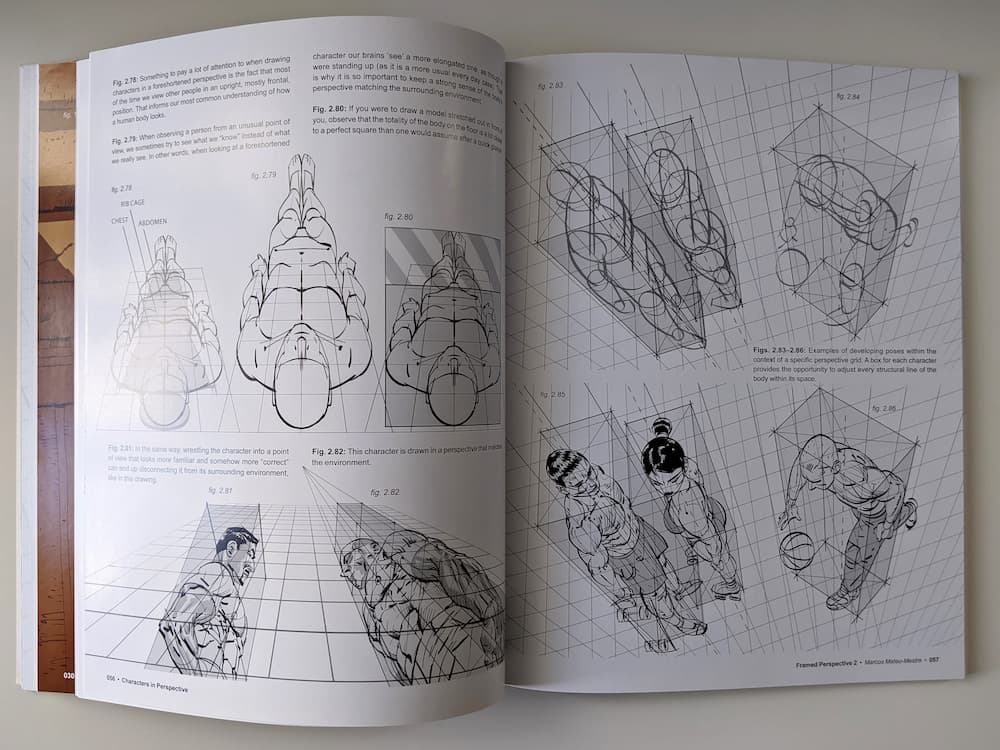
Things with more complexity like anatomy and more subjective things like color might require substantially more time to become comfortable with. Perspective on the other hand, is a bit more cut and dried. Once you understand the concepts of these books, they’re yours forever. It’s important to build confidence as a student as it fuels your growth, and books that make the process of acquiring new knowledge easier are always worth checking out. So if you’re just starting out or looking to brush up on perspective, I highly recommend the Framed Perspective series.

Taylor is the Managing Editor of Notes on Design. Taylor is a graphic designer, illustrator, and Design Lead at Weirdsleep.
For creatives seeking a thorough training in illustration and graphic design, Sessions College offers accredited fully online illustration certificate and illustration degree programs. Contact Admissions for more information.
Thinking about stretching your Adobe Illustrator skills? Sessions College offers beginner and advanced online Adobe Illustrator courses and a wide variety of graphic design courses and programs for the creative professional.






